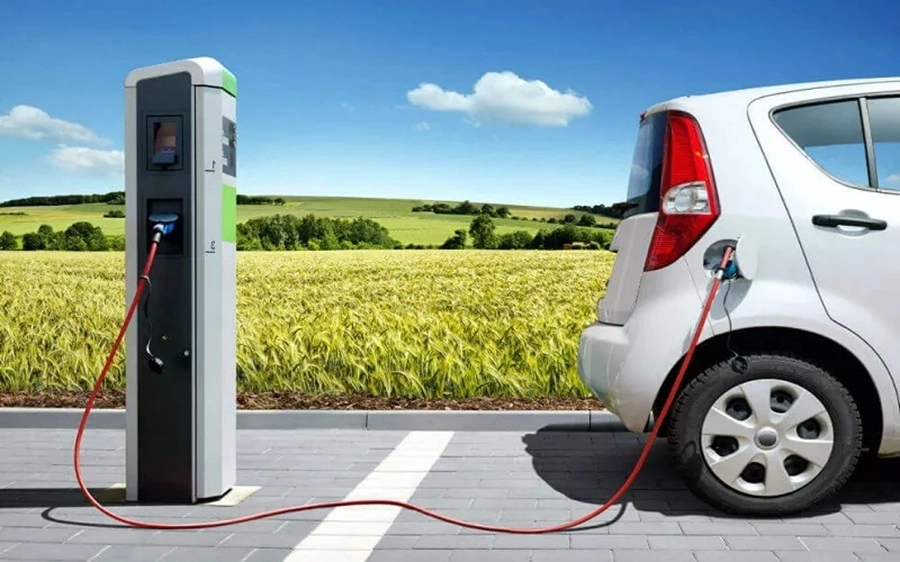It’s no news that electric vehicle sales continue to increase steadily and expansively worldwide year after year.
In this regard, the European continent, along with China and the United States, are considered true hubs of electric mobility due to their advances in both the commercial and legislative aspects.
But… What is the situation of each of these blocs regarding their charging infrastructures? Do they manage to adequately supply the high demand?
In the European Union, by mid-2023, according to the ICCT’s European Vehicle Markets Statistics – Pocketbook 2023/24 there were more than 560,000 publicly accessible charging points installed.
These figures represent a 50 per cent increase compared to 2022 and more than double the total recorded in mid-2021.
On the other hand, there is one charger for every 16.6 electric vehicles in the region.
Regarding the modernity of the units, only 14 per cent have fast-charging technology.
Furthermore, there seems to be disparity in the progress of the EU, with smart meter penetration being a clear example. While in some member countries it is almost 99 per cent, in others, it is only one per cent.
It’s worth noting that in Europe, a significant development in the field was approved in March of last year, called AFIR.
Specifically, the agreement establishes mandatory targets for the deployment of electric charging networks and hydrogen refueling stations on roads.
In this regard, the document mandates that from 2025 onwards, it will be necessary to install fast charging stations of at least 150 kilowatts along the trans-European transport network (RTE-T) every 60 kilometers.
It’s worth mentioning that the AFIR is part of “Fit for 55,” a package of regulatory actions designed to make European Union policies compatible with reducing net greenhouse gas emissions by 55 per cent by 2030.
Read More: “Balance 2023: What was the reception of the AFIR by the European Ministers?”
On the other hand, the Asian giant is the undisputed global leader in charging infrastructure for light vehicles, with nearly 2.15 million publicly accessible charging points by mid-2023.
Regarding user access, there is one charger for every 9.4 vehicles in China.
Moreover, the Eastern country stands out for the prevalence of fast chargers within its infrastructure; terminals with this technology make up 42 per cent.
In addition to becoming the largest exporter of automobiles in 2023, surpassing Japan, China is the country of origin for the best-selling brand during the last quarter of the past year.
The Asian brand BYD achieved an unprecedented record, with over 526,000 registrations in the last three months of the year.
Read More: “For the first time in history, BYD “surpasses” Tesla in quarterly sales of BEVs”
On the other hand, the United States still presents a very limited expansion of charging infrastructure compared to the two examples mentioned earlier.
The North American country records a figure that barely exceeds 216,000 charging points throughout its national territory.

Regarding availability, the range is also lower than that of its direct rivals, as it only has one charger for every 20.6 electric vehicles.
However, a noteworthy point is that it has a higher percentage of fast charging terminals than the European continent; in the USA, the figure is 26 per cent.
Moreover, this nation achieved a very relevant award in the sector last year.
The American company, Tesla, remained at the top of the market for almost the entire year, not only in Europe but worldwide, with a total record of 1.8 million deliveries of electric vehicles.
This figure represents a 38 per cent increase compared to the company’s sales in the year 2022.
Read More: “With 1.23 million units sold worldwide, could the Tesla Model Y be the next bestseller?”






